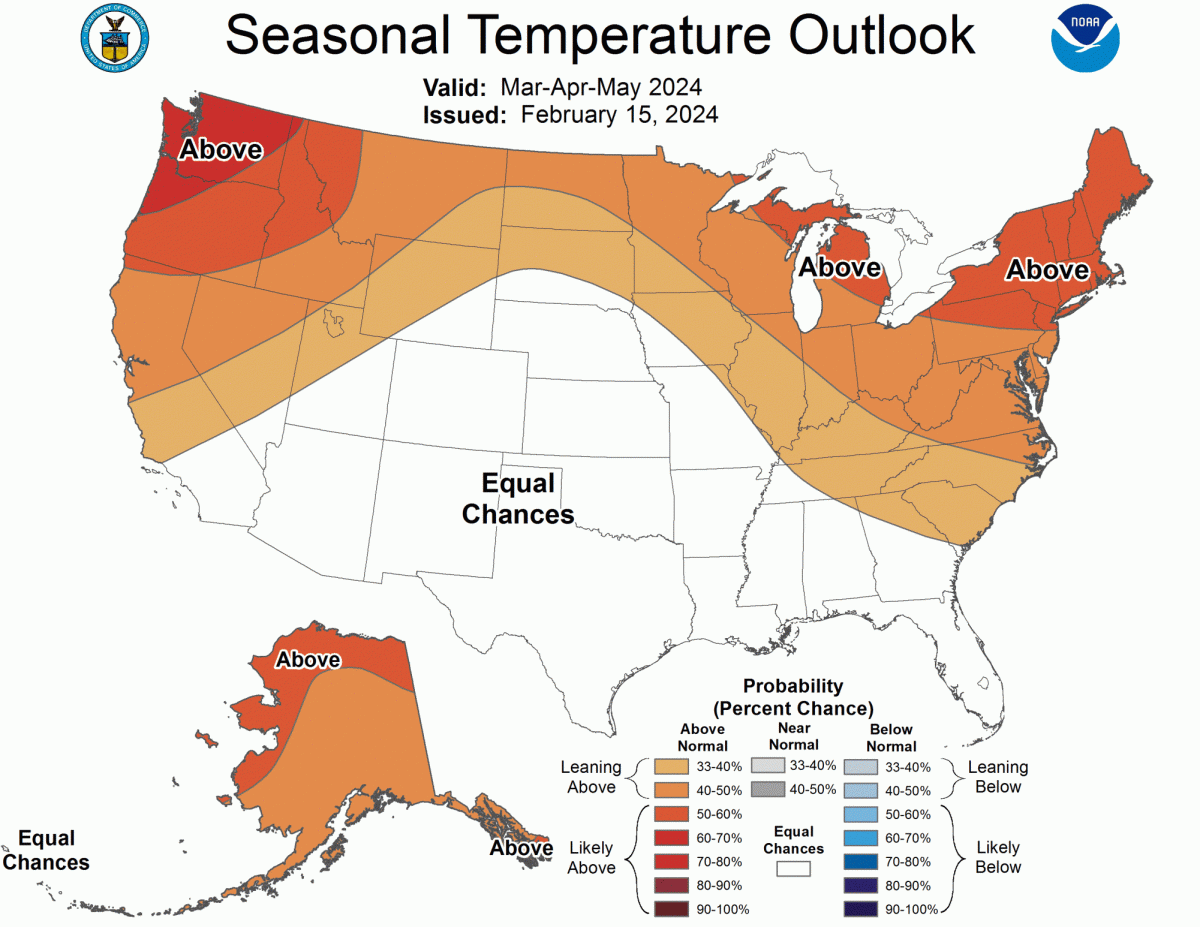What do face washes, toothpastes, and hand cleansers have in common? They all contain plastic microbeads. Microbeads are plastic beads less than a millimeter in diameter. They are put into products to knock off debris from teeth and skin. However, since these microbeads are made of plastic, they take years to breakdown after they are washed down the drain. Scientists have been finding these beads in more and more bodies of water, including Lake Erie. When the microbeads sink to the bottom of lakes or oceans, fish that feed there often mistake the beads for food. In some species of fish the microbeads do not pass through their digestive systems, and can remain inside the fish. It is still unknown whether or not the microbeads in fish are ingested by humans. The beads are not known to have any impact on humans. But they have found their way into nearly every large body of water near the United States, being one of the newest additions to the list of pollutants threatening fish populations.
Follow these links to check out more:
http://www.huffingtonpost.com/2013/07/30/tiny-plastic-beads-great-lakes-pollution_n_3680070.html
http://www.theguardian.com/environment/2013/nov/28/marine-plastic-pollution-the-threat-pervading-australias-waters
Microbeads: Minuscule in Size but a Major Threat
December 1, 2013
More to Discover











